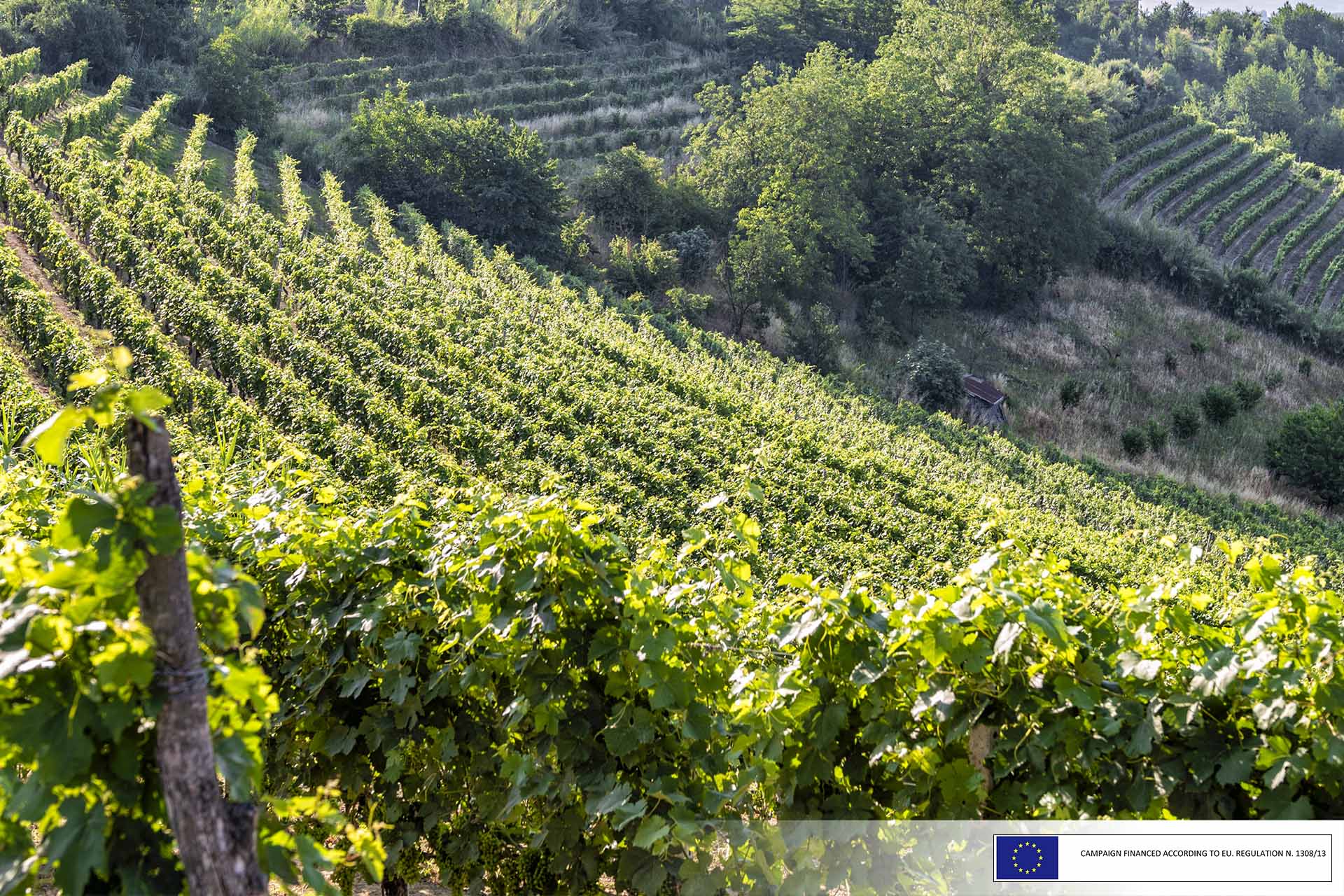The area of Monferrato is renowned across the world for its delicious wines, and a fundamental part of this well-deserved reputation is the fruit of its indigenous grape varieties.
These are grapes that tell of a timeless beauty that has been protected by the expert hands of the vine growers, the thick autumn mists and the shade of the hanging rows.
They are wines with strong personalities that express the intrinsic value of the terroir. Perhaps that is why with every sip of these wines we feel we are becoming more and more intertwined with these vines, and perhaps it is the same feeling you will experience yourself.
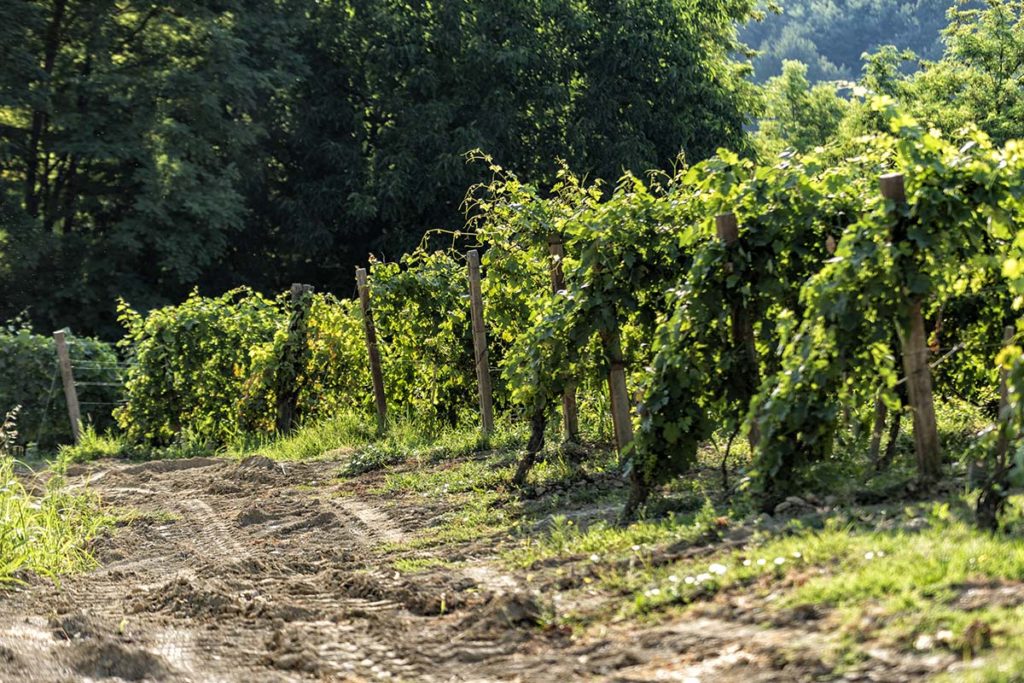
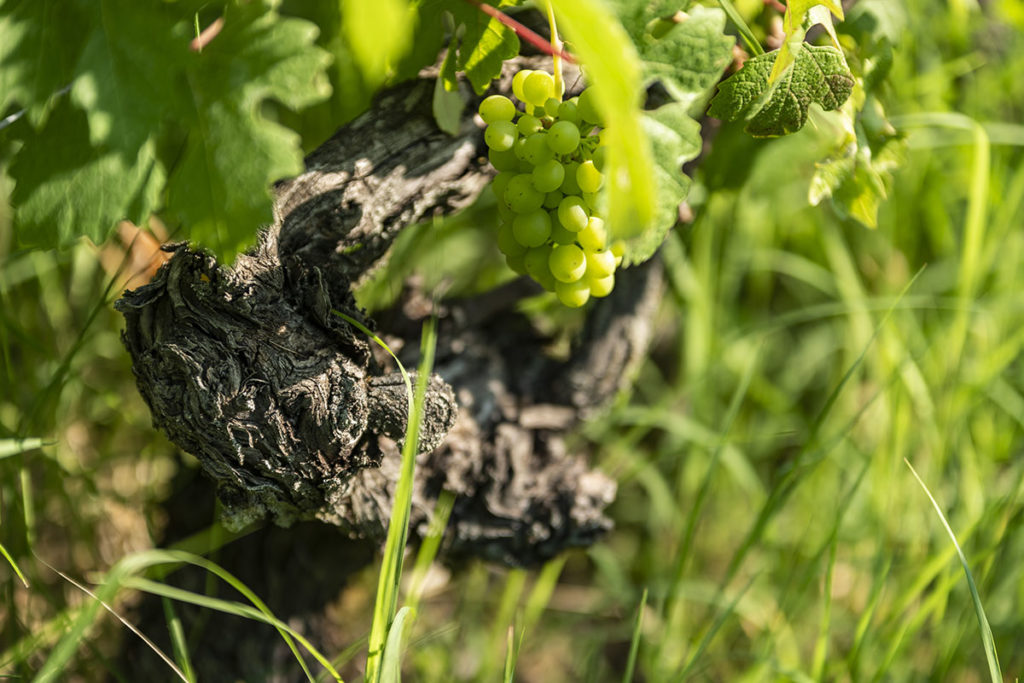

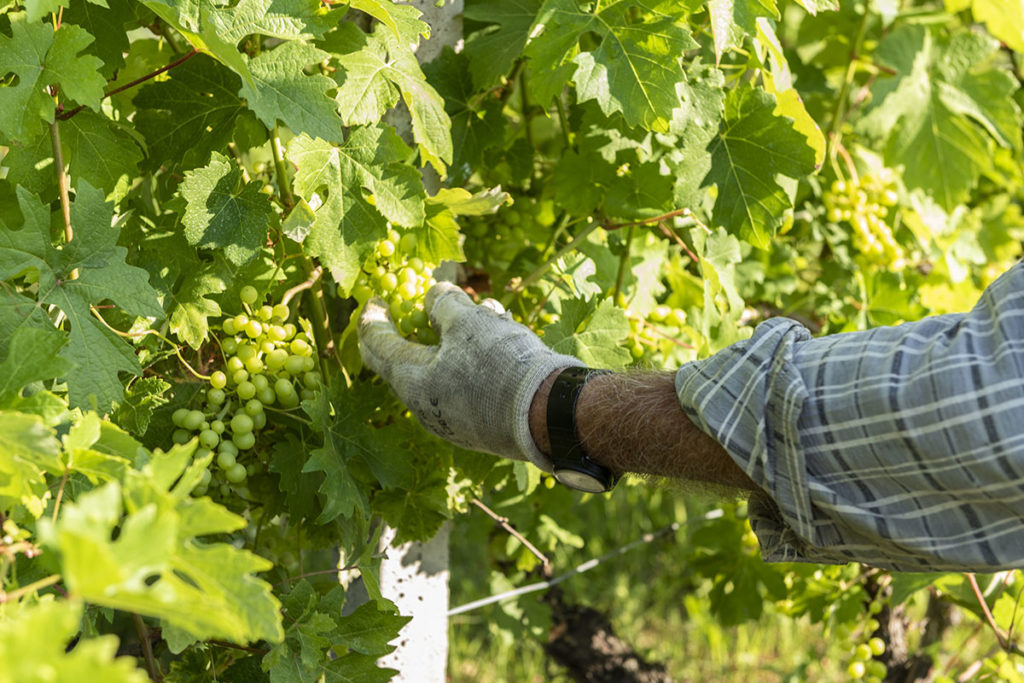
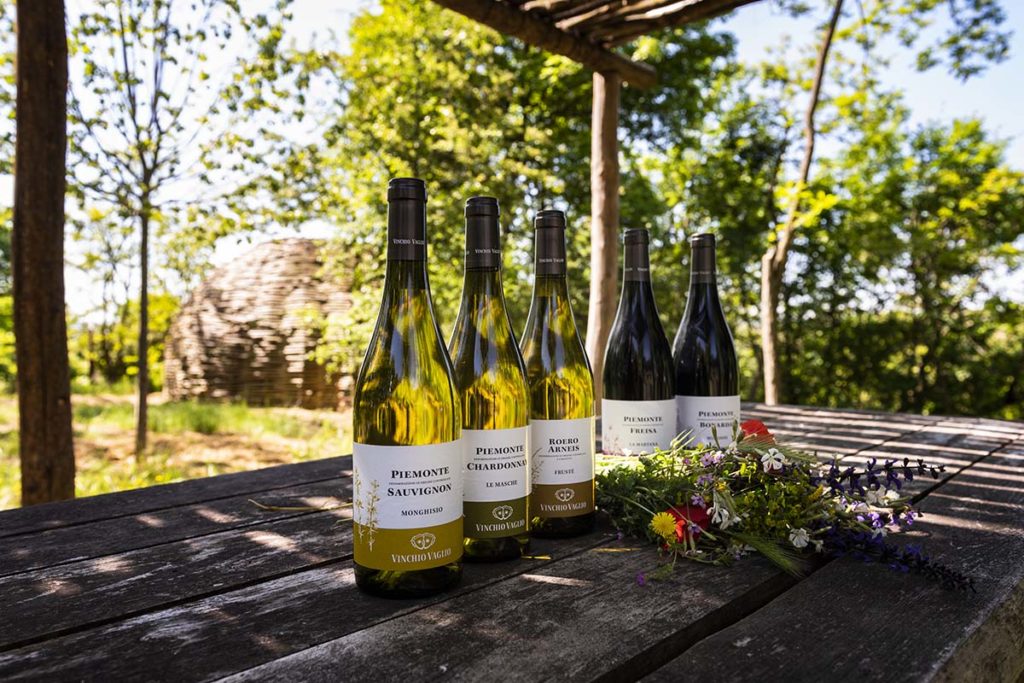
Nebbiolo: the noble one
The noblest of Piedmont’s indigenous varieties for the wines that originate from its grape, but also for its eclecticism. It is no coincidence that its name seems to derive from ‘nebbia’ (“mist”), either because its berries are covered with abundant frost, or because of its late ripening, which prompts the harvest at the onset of the first autumn mists.
The wine is characterised by a fruity and pleasantly spicy aroma and, with ageing, it can develop an extraordinary elegance and depth.
Settefiglie Langhe D.O.C. Nebbiolo is an elegant and harmonious wine that is dry, warm, full and well structured.
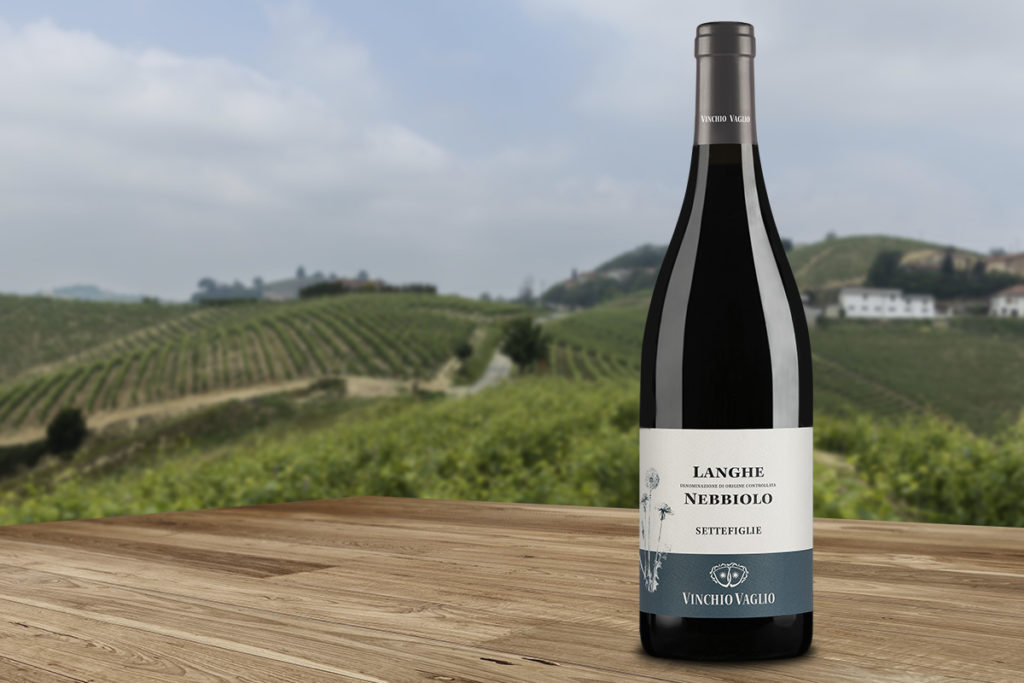
Barbera: our love
We have all experienced one great love we will never forget: ours is Barbera (strictly feminine). This vine needs no introduction and has a very ancient origin.
The wine is characterised by a renowned balance between the freshness of the red fruits and good structure, which makes it perfect both for drinking it young as well as after a period of ageing.
One, a hundred, a thousand Barberas. This is the diverse world of a grape variety that is capable of producing fresh, fruity wines, as well as excellent products with great structure and harmonious taste.
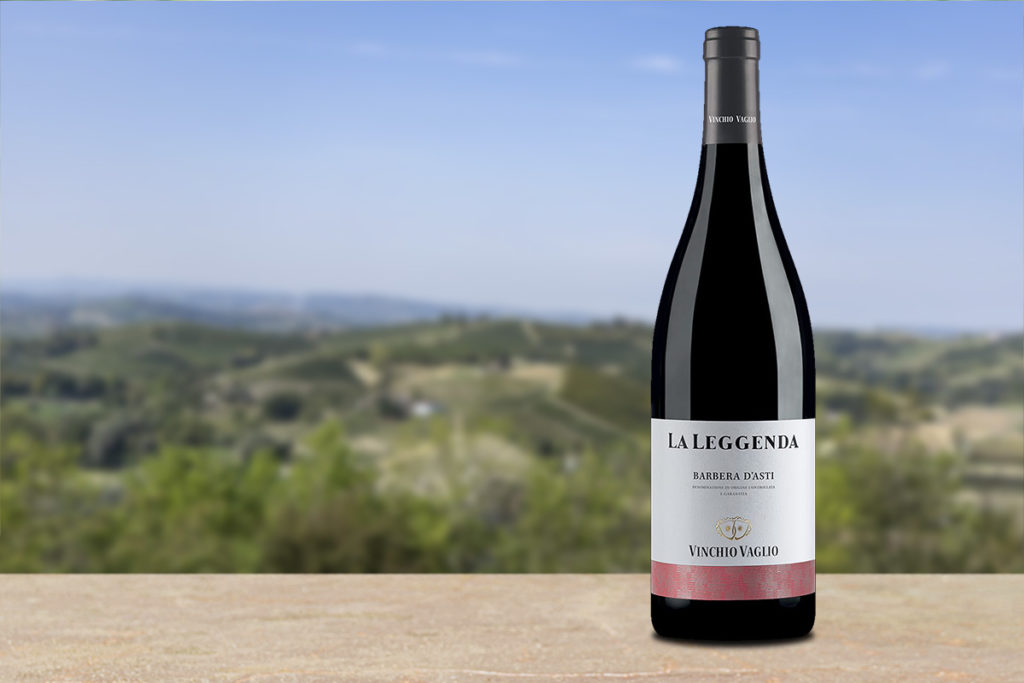
Arneis: the white among the reds
A quality white wine in a land of red wines? It is the fruit of Arneis, a Piedmontese grape variety that had almost disappeared in the 1960s following the depopulation of the countryside, before being promptly recovered and rediscovered. Its name comes from the dialect word for ‘rebel’ and the first information dates back to the 15th century.
The wine is characterised by floral notes and delicate aromas that contrast pleasantly with a full body and other more fruity notes, typically of pear and apricot, and rounded by a slight hint of hazelnut.
Frusté Roero Arneis D.O.C.G. is a wine that is dry and delicately acidulous on the palate, with a pleasantly persistent bitterish aftertaste.

Grignolino: the summery one
An indigenous grape variety par excellence, the name Grignolino probably comes from the dialect word ‘gnignòle’, meaning grape seeds, as the berries of this variety are particularly rich in them. The thin skin of its berries does not contain much pigment and the wine allows light to pass through both in colour and body, making it ideal to drink cool during summer despite being a red wine. It is in fact one of the freshest and most easy-drinking wines of the area.
The wine is characterised by its light colour and good body.
Le Nocche Piemonte D.O.C. Grignolino is a wine with a delicate bouquet and a fruity taste with light floral notes. Le Nocche recalls the name of a village nearby Vinchio.
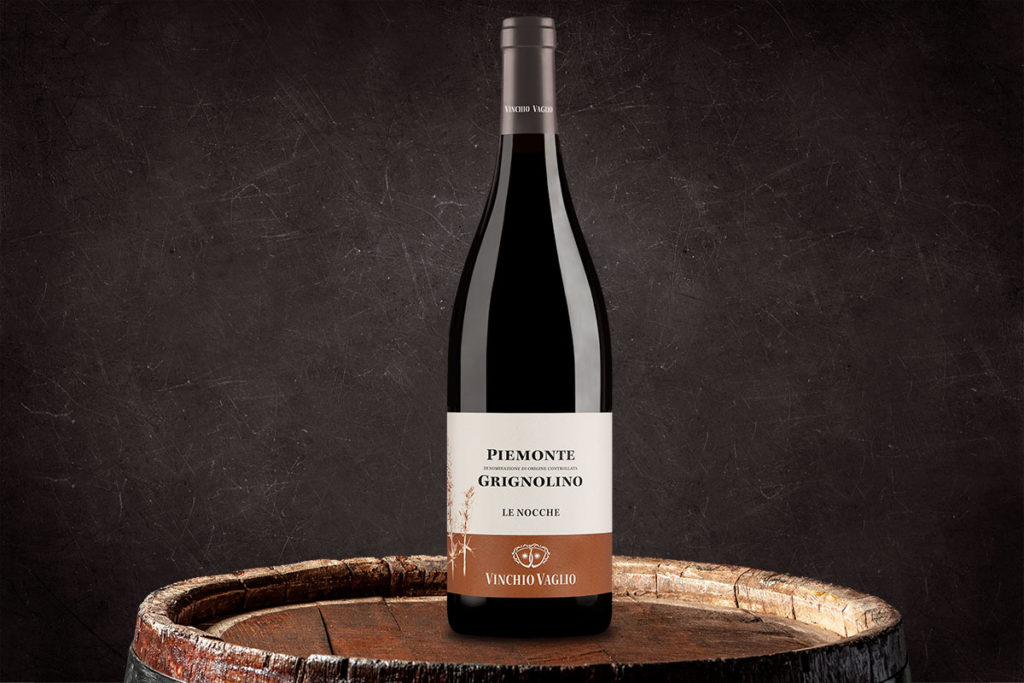
Ruché: the mysterious one
Ancient origins for this indigenous Monferrato vine. The name carries an uncertain etymology: according to some, it comes from the Confraternity of the friars of Saint Rocco, while for others, it originates from the vine’s natural predisposition to the steepest and sunniest rocks. A history that shrouds it in mystery even to this day, so much so that even the pronunciation of its name changes depending on the origin of its admirer. A true rebus… just like our label says.
Rebus Ruchè di Castagnole Monferrato D.O.C.G. is a wine rich in intense aromas of fresh flowers and berries and a surprising aromaticity.
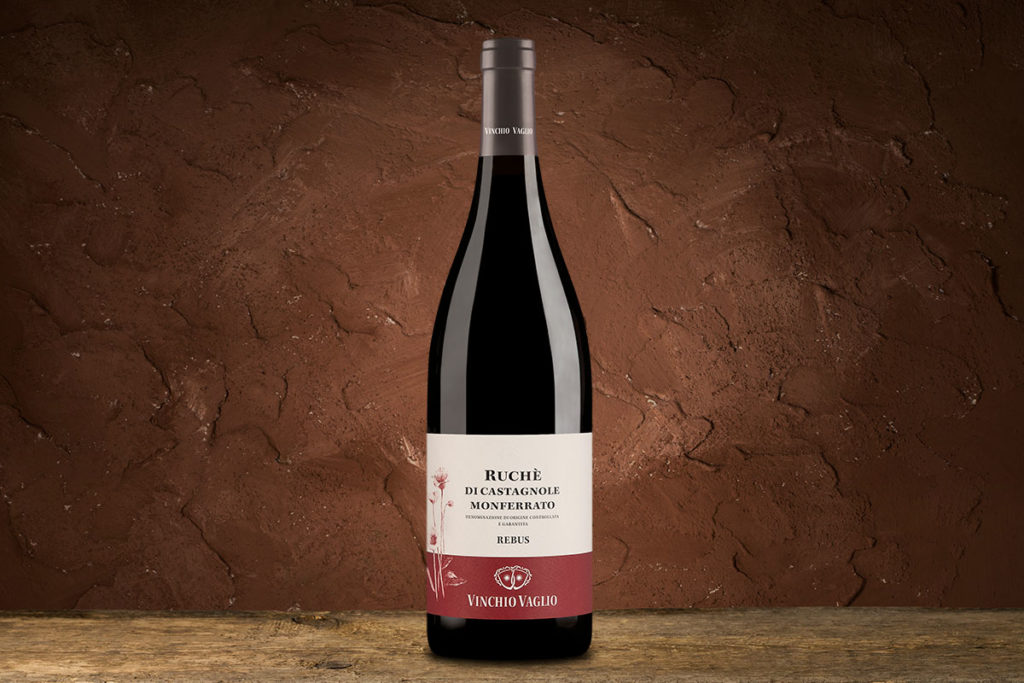
Albarossa: the zingy one
Obtained in 1938 by Giovanni Dalmasso, one of the fathers of ampelography in Italy, by crossing Nebbiolo di Dronero (Chatus) and Barbera with the aim of uniting the different characteristics of the two varieties.
The wine is characterised by great intensity and complexity and by strong fruity and spicy notes (of black pepper).
Furnera Piemonte D.O.C. Albarossa is a wine with an intense and complex bouquet, a warm, well-structured and harmonious taste with a high fullness of flavour.

Freisa: the ancient one
A native black grape variety with a very ancient history: the first evidence dates back to the 16th century, when a very fine wine by the name of Fresearum was included in some Piedmont customs tariffs.
The wine is characterised by good tannic concentration and fruity aromas, and in our area of Monferrato it acquires special characteristics. If it is a fresh wine featuring vivacity and brilliance when young, with time it takes on riper tones with hints of preserved fruit.
La Martana Piemonte D.O.C. Freisa is a wine made from 100% Freisa grapes with a characteristic perfume of violet, dry, slightly tannic, and pleasantly lively. The name recalls an important street in the village of Vinchio.
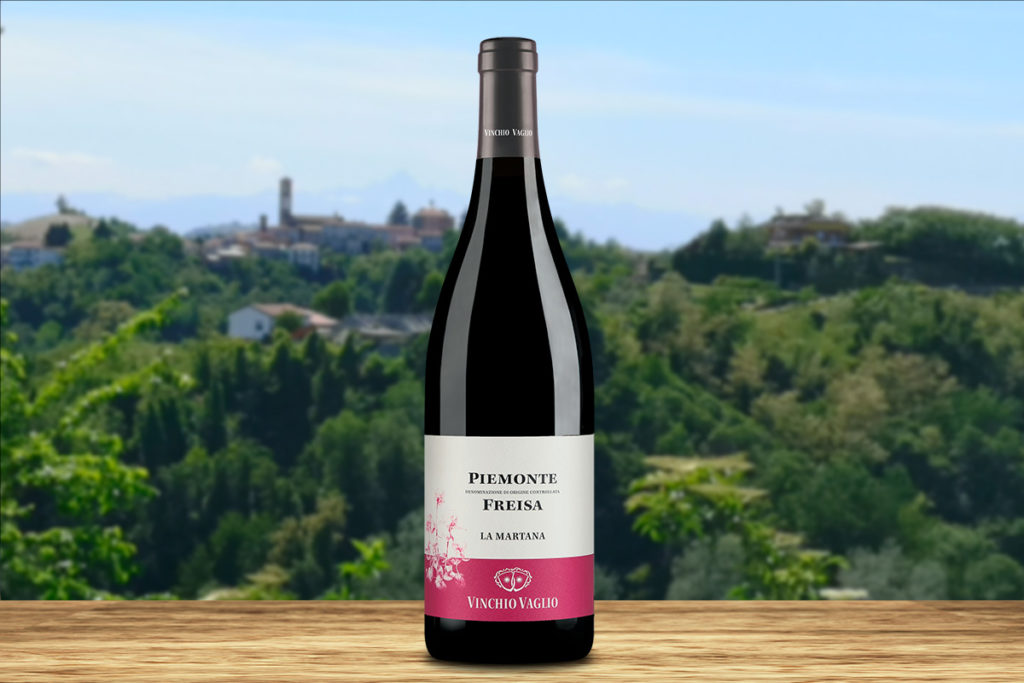
Bonarda: the rarity
The first cultivations of this vine date back to the 1700s; not to be confused with the Bonarda dell’Oltrepò that is obtained from a Croatina, Bonarda is a rare grape variety that finds excellent expression in the Asti hills.
The wine is characterised by an intense perfume with pleasant aromatic notes and a fresh, smooth taste.
Mie Gioie Piemonte D.O.C. Bonarda Frizzante is a wine with a persistent and slightly tannic aroma and a good structure where the froth invites to a moment of joy, hence the name “Mie Gioie” (“My joys”).
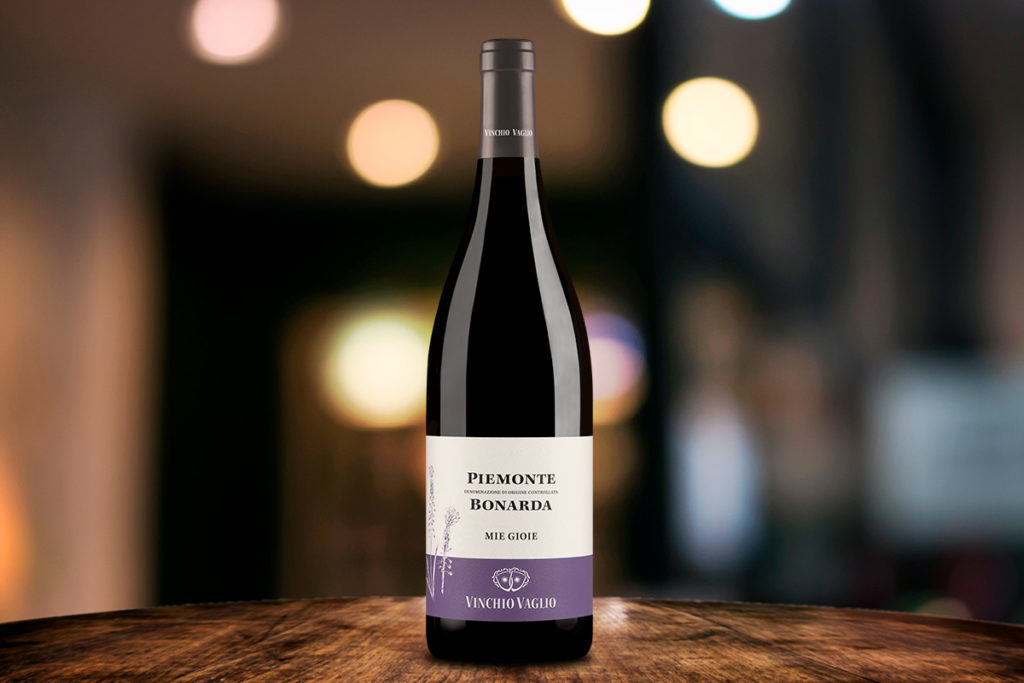
Come and discover the wines of the territory
You cannot talk about wines without… tasting them! We invite you to visit us in the winery: the guided tour takes you through the different areas of the cooperative winery, leading up to the highlight of the tasting of the 6 most representative wines.

